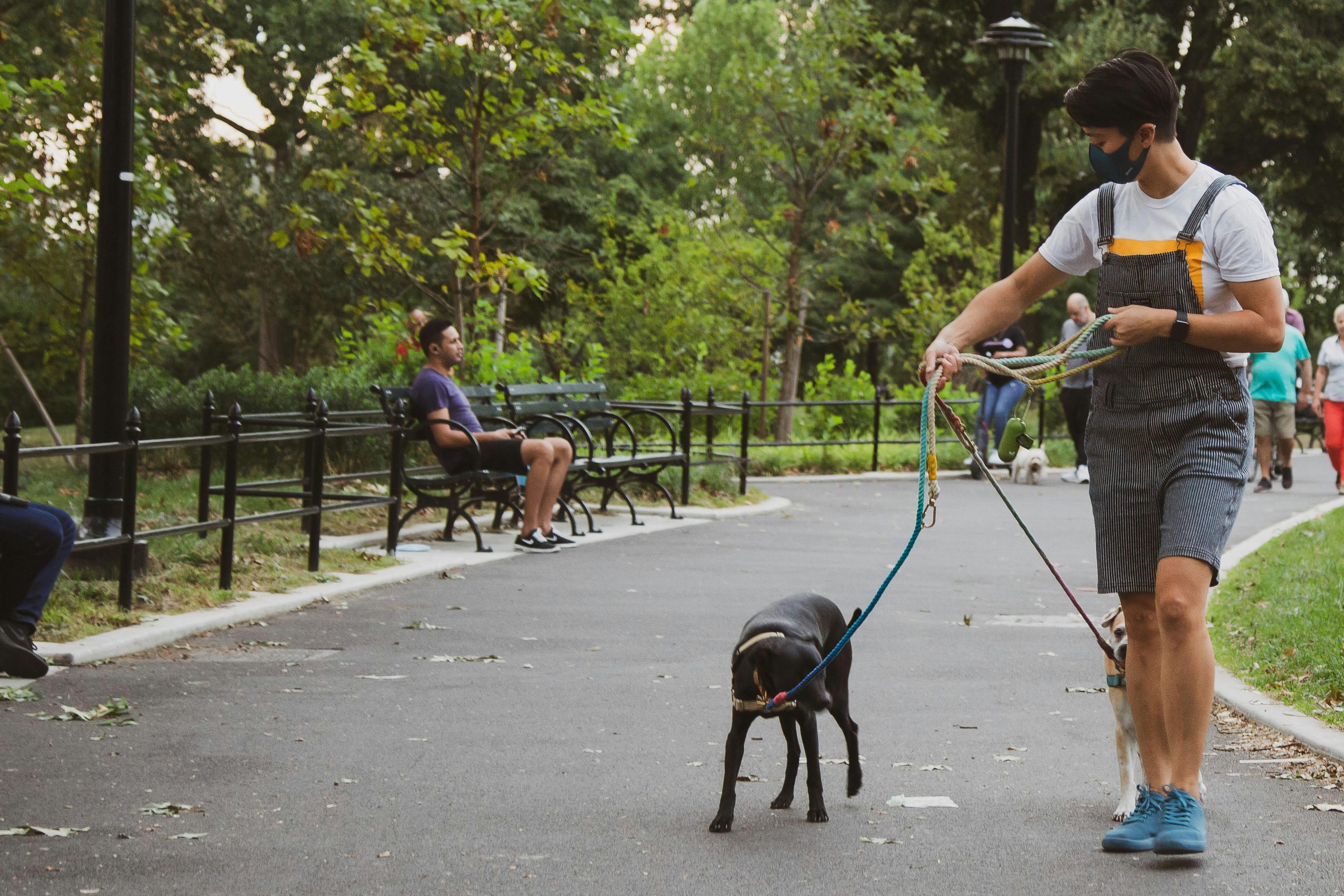Can Pets Experience Complex Emotions Like Guilt or Shame

In recent years, the bond between humans and their pets has become a topic of increasing interest and affection. As more households welcome furry companions into their lives, pet owners often find themselves wondering about the inner emotional world of their beloved animals. Among the many questions that arise is whether pets can experience complex emotions similar to those felt by humans, such as guilt or shame. This curiosity is fueled by those familiar puppy-dog eyes after a chewed-up shoe is discovered or the guilty retreat of a cat caught mid-mischief. While it’s easy to anthropomorphize these behaviors, attributing human-like emotions to our pets, the scientific community continues to explore the depth and nature of animal emotions. In this article, we will delve into the fascinating realm of animal psychology to better understand whether our pets truly experience emotions like guilt and shame, or if these behaviors are simply instinctual responses misinterpreted through the lens of human experience.
Understanding Pet Emotions: A Peek into Their Emotional World
While it is tempting to attribute human emotions to our furry companions, understanding their emotional landscape requires a careful examination. Complex emotions, such as guilt or shame, have long been a subject of debate among animal behaviorists and pet owners alike. Many pet owners are convinced that their pets can experience these emotions, often interpreting behaviors like avoiding eye contact or slinking away after a mishap as signs of guilt. However, scientific research suggests that what we perceive as guilt might actually be a response to our reactions rather than an internal emotional state.
Unlike humans, pets do not possess the same cognitive framework to experience emotions as layered as guilt or shame. Research highlights a few key points:
- Associative Learning: Pets may appear guilty because they have learned to associate certain actions with negative outcomes, such as scolding.
- Human Cues: Animals are adept at picking up on human emotions and body language, which can influence their behavior.
- Basic Emotions: Pets certainly feel basic emotions like joy, fear, and anger, but the consensus is still out on more complex feelings.
Understanding these nuances helps us empathize better with our pets and respond to their behaviors more effectively. It is essential to approach this topic with both an open heart and a critical mind, appreciating the unique ways in which our pets communicate their emotional experiences.

The Science Behind Guilt and Shame in Animals
When it comes to understanding whether animals can experience emotions like guilt or shame, scientists often delve into the realms of behavioral psychology and neuroscience. Unlike humans, animals do not possess a complex language system to express their feelings, making it challenging to ascertain the depth of their emotional experiences. However, researchers have observed behaviors in pets that suggest they may experience rudimentary forms of these emotions. For instance, dogs may display what appears to be a “guilty look” when they sense disapproval from their owners, characterized by lowered ears, averted gaze, or a tucked tail. But is this truly guilt, or simply a learned response to avoid punishment?
- Behavioral Observations: Pets often react to the tone and body language of their owners, which can sometimes mimic guilt or shame.
- Neurological Evidence: Studies have shown that animals possess certain brain structures similar to humans that are involved in emotional processing.
- Learning and Conditioning: Many behaviors that appear to indicate guilt may actually be the result of conditioning, where animals learn to associate specific actions with negative outcomes.
While definitive conclusions remain elusive, the ongoing exploration of animal emotions continues to uncover fascinating insights into how our furry companions perceive the world around them. Whether through instinct, learned behavior, or something deeper, the emotional lives of animals remain a captivating subject of study.

Observing Behavioral Cues: How Pets Show Emotions
Pets, much like humans, communicate their feelings through a myriad of behavioral cues. While they might not speak our language, their body language often tells us everything we need to know. For instance, a wagging tail in dogs is commonly associated with happiness, but the speed and position of the wag can indicate a range of emotions, from excitement to anxiety. Similarly, cats may purr when content but also when they’re feeling distressed. Understanding these cues requires a keen eye and a genuine interest in our furry companions.
Some behavioral cues are particularly telling when it comes to complex emotions. Consider the following behaviors:
- Averting gaze: Often seen in dogs, this can be a sign of submission or an attempt to avoid conflict, which some interpret as guilt.
- Hiding: Cats and even some dogs may retreat to secluded spots when they feel ashamed or fearful.
- Lowered body posture: A slouched or crouched stance might indicate a pet is feeling embarrassed or unsure.
Recognizing these signs helps us better empathize with our pets, allowing us to respond to their emotional needs more effectively. By tuning into their unique ways of expression, we foster a deeper connection with them, enriching the bond we share.

Fostering Emotional Well-being: Tips for Pet Owners
Understanding your pet’s emotional landscape is key to ensuring their happiness and well-being. While pets may not experience emotions in the same complex ways humans do, they certainly exhibit behaviors that suggest a range of feelings. Guilt and shame are emotions often attributed to pets, especially when they display those big, sorrowful eyes after a mishap. However, it’s important to recognize that these behaviors are likely reactions to their environment rather than a full understanding of wrongdoing.
Here are a few ways to nurture your pet’s emotional health:
- Observe and Respond: Pay attention to their body language and vocalizations. Tail wags, purrs, or whines can be indicative of their emotional state.
- Positive Reinforcement: Encourage good behavior with treats, affection, or playtime. This helps build their confidence and happiness.
- Create a Safe Environment: Ensure they have a comfortable and secure space to retreat to, which can alleviate anxiety.
- Routine and Consistency: Pets thrive on routine, so maintaining consistent feeding, play, and sleep schedules can enhance their emotional stability.
By focusing on these aspects, you can contribute significantly to fostering a positive emotional environment for your pet, helping them feel secure and loved.
Insights and Conclusions
while the debate about whether pets can experience complex emotions like guilt or shame continues, it is clear that our furry companions are capable of a wide range of emotional expressions. Scientific studies suggest that what we often interpret as guilt might be a reaction to our own cues rather than an internal feeling of wrongdoing. However, the strong bond between humans and their pets undeniably influences how we perceive their behaviors and emotions. As pet owners, it’s important to approach this topic with an open mind, recognizing the limitations of our current understanding while also appreciating the deep connections we share with our animal friends. Whether or not they feel guilt or shame in the same way humans do, the love and companionship they offer are genuine and invaluable. So, the next time your pet gives you that seemingly guilty look, remember that their emotional world is unique and deserving of compassion and curiosity.



